This is one of my favorite soaps to make! It is also one of my favorite soaps to GIFT! Who doesn’t love honey and oatmeal soap? I scented it using a blend of lavender and litsea essential oils to give it a bright, yet balancing scent. This is a soap your family and friends are sure to love!
(Disclosure: Some of the links below are affiliate links, meaning, at no additional cost to you, I will earn a commission if you click through and make a purchase.)
Honey and Oatmeal Cold Process Soap Recipe
Basic Body Bar – More Moisture from Lovin Soap Studio Recipe eBook (Grab your copy for 50 cold process soap recipes + 64 essential oils blends!)
Base Oils
- Coconut Oil (76 degree) – 270 grams (30%)
- Shea Butter – 90 grams (10%)
- Olive Oil – 342 grams (38%)
- Avocado Oil – 72 grams (8%)
- Rice Bran Oil – 126 grams (14%)
Lye Solution
- Sodium Hydroxide – 126 grams (5% superfat)
- Water – 252 grams (1:2, lye:water ratio)
Scent
Use your favorite slow-moving fragrance or essential oil blend. I used a blend of lavender and litsea essential oils. If you’re looking for a good place to get essential oils, I HIGHLY recommend Appalachian Valley Natural Products. I love their products and their shipping is super fast!
- Lavender Essential Oil – 20 grams
- Litsea Essential Oil – 10 grams
Additives
- Honey – 10 grams
- Oatmeal – 1 tablespoon
Prep your oatmeal if needed! Whole oats can be scratchy. I didn’t have any oatmeal ground, so I simply powdered it using my stick blender. Super easy!
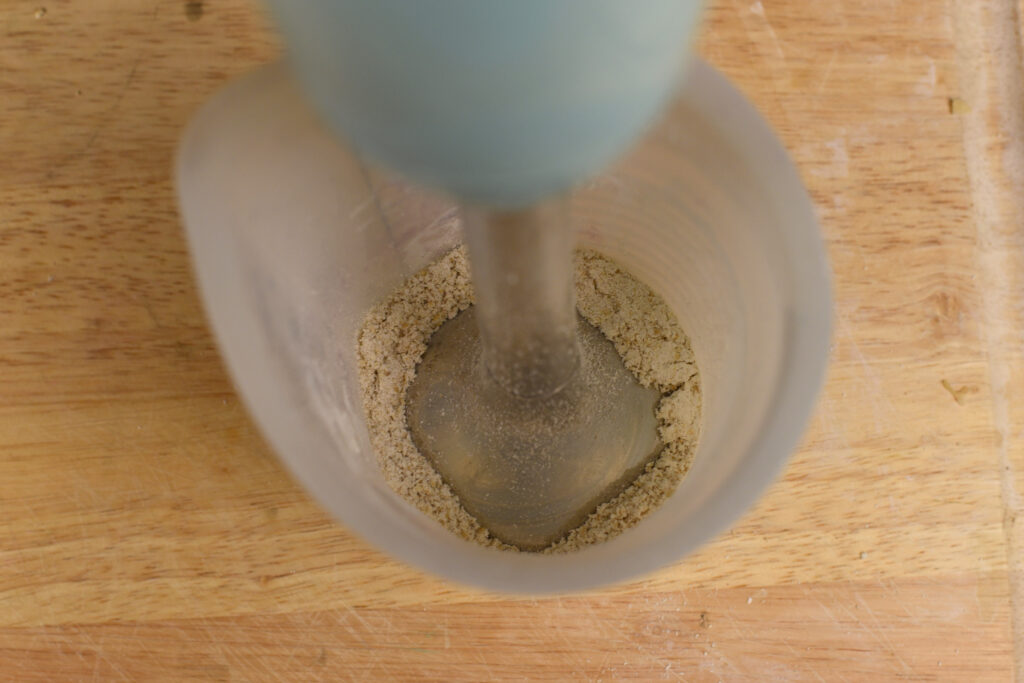
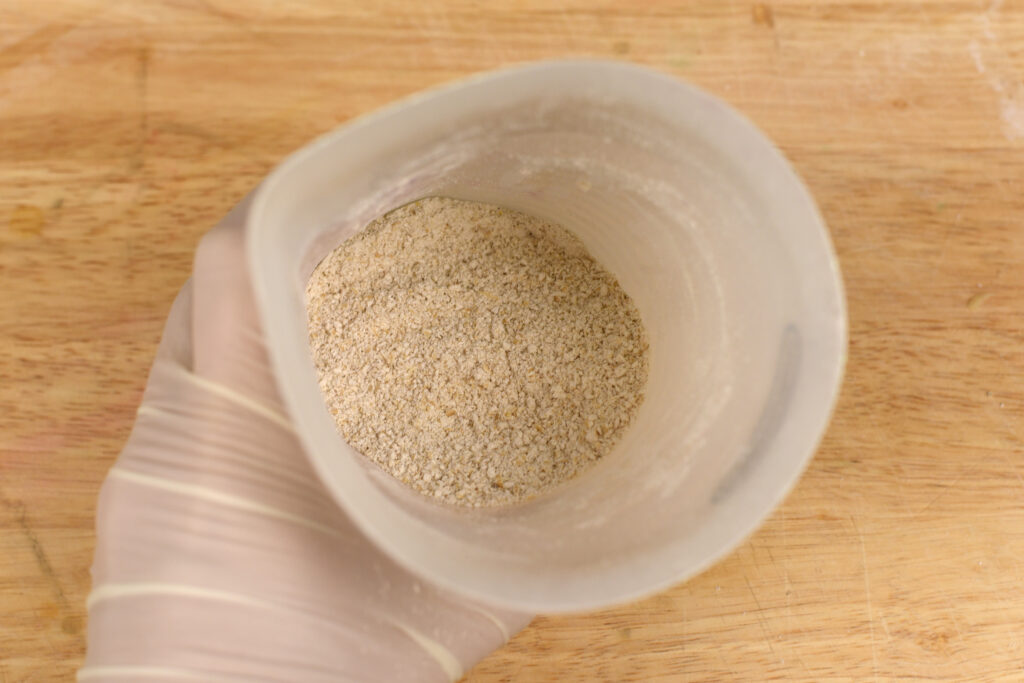
Let’s make soap! If you are new to soapmaking, be sure to download our free guide, How to Make Cold Process Soap! Gear up in your gloves and your safety glasses.
Step 1: Create a lye solution. Weigh the water and lye into two separate containers. Slowly pour the sodium hydroxide into the water while stirring. Stir until completely dissolved and set aside to cool. Your solution will start off cloudy and will clear up as it cools.
Step 2: Prepare the base oils. First, weigh any solid oils and butters into a container and melt. You can melt using the microwave or low heat on a burner.
Step 3: Weigh the honey into your melted and warm oils. This will help the honey melt and completely incorporate into the soap. If you add honey to cooler oils, it will speckle (simply an aesthetic issue). I went ahead and added the oatmeal as well.
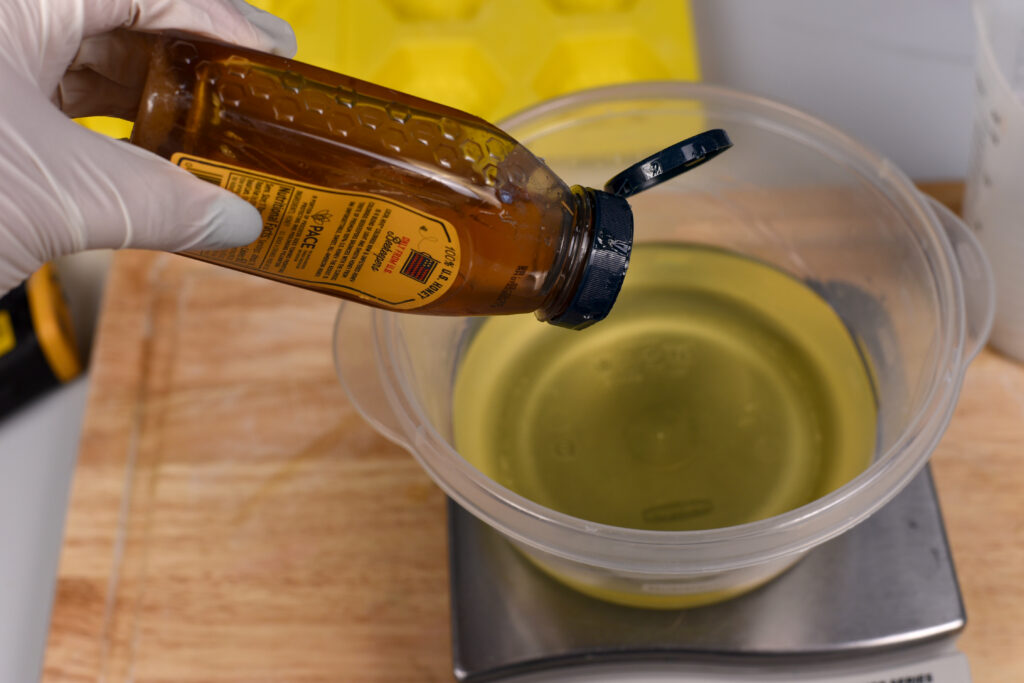
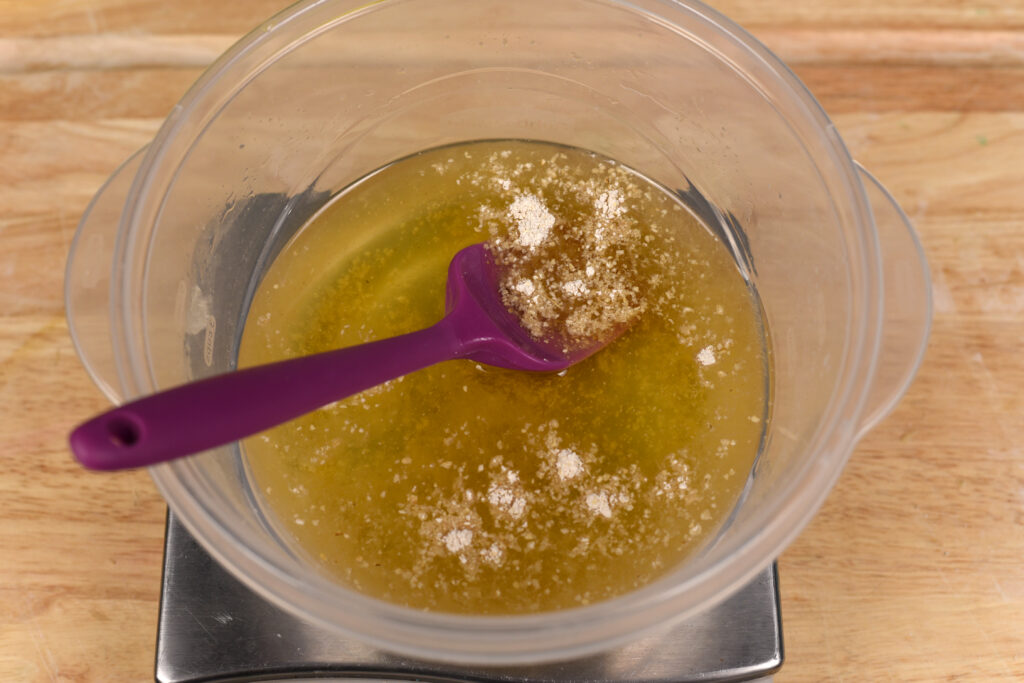
Step 4: Next, weigh each liquid oil into the melted oils. The liquid oils will cool down the melted oils and leave you with a base oil mixture that is about at the correct temperature to make soap. It might still need to cool down a bit.
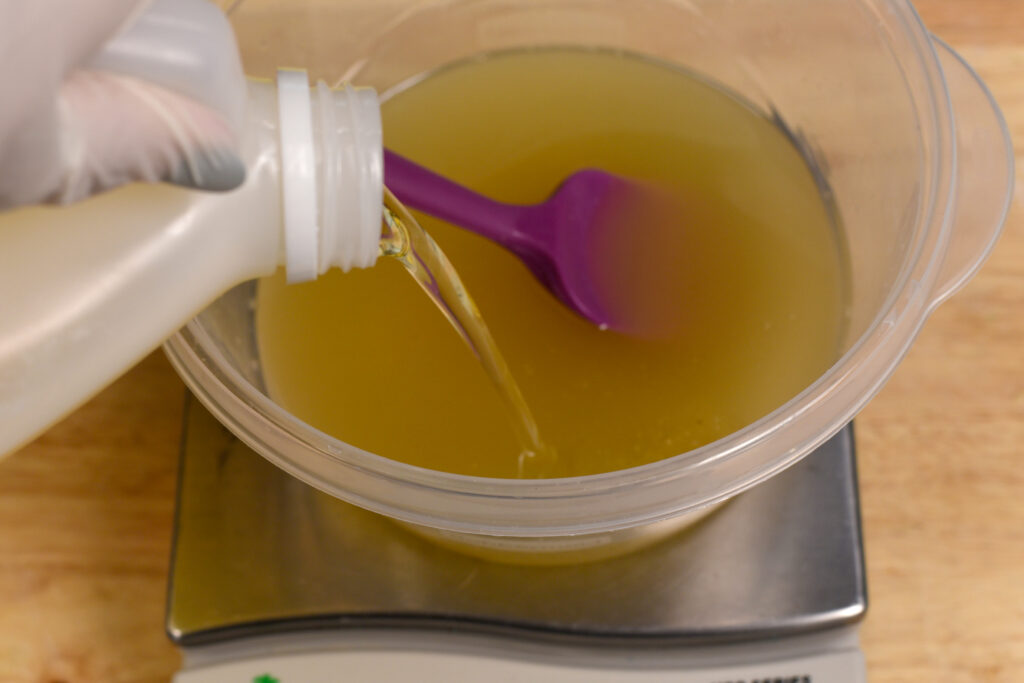
Step 5: Weigh your essential oil or fragrance oil into a glass or stainless steel container and add to your base oil.
Step 6: Prepare your mold. If you need to line your mold, line it. I used these adorable single cavity molds that I found at my local Home Goods store. I’m always finding fun molds there.
Step 7: Check the temperatures. You should now have a container containing liquid base oils and a container containing lye solution. Take the temperatures using an infra-red temperature gun. Be sure to stir each mixture before taking the temp. You want your temperatures to be between 90-120° F.
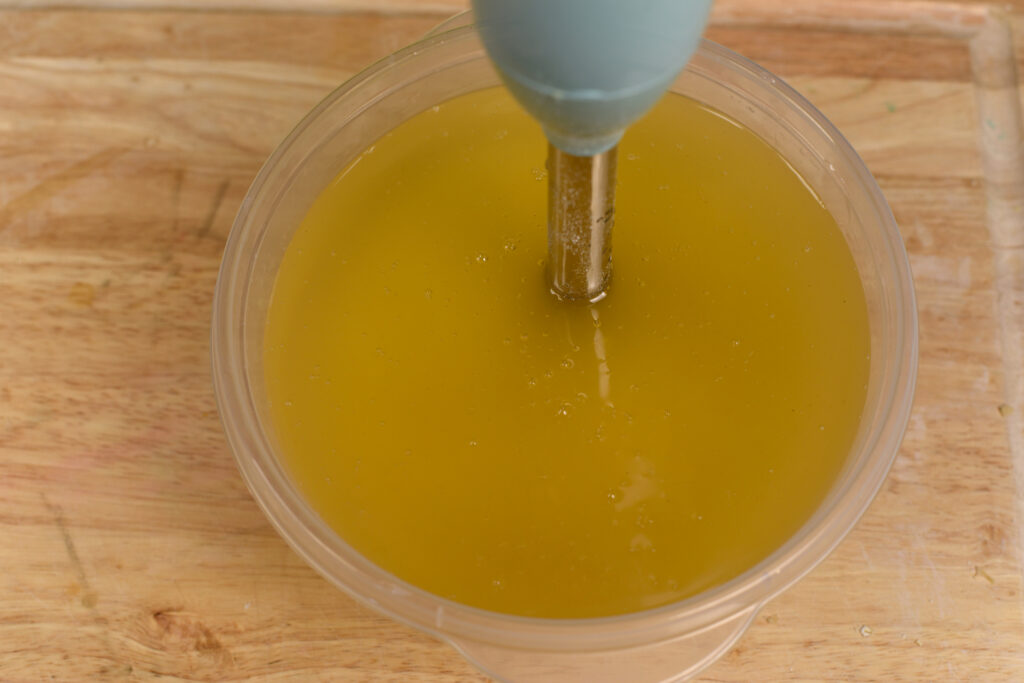
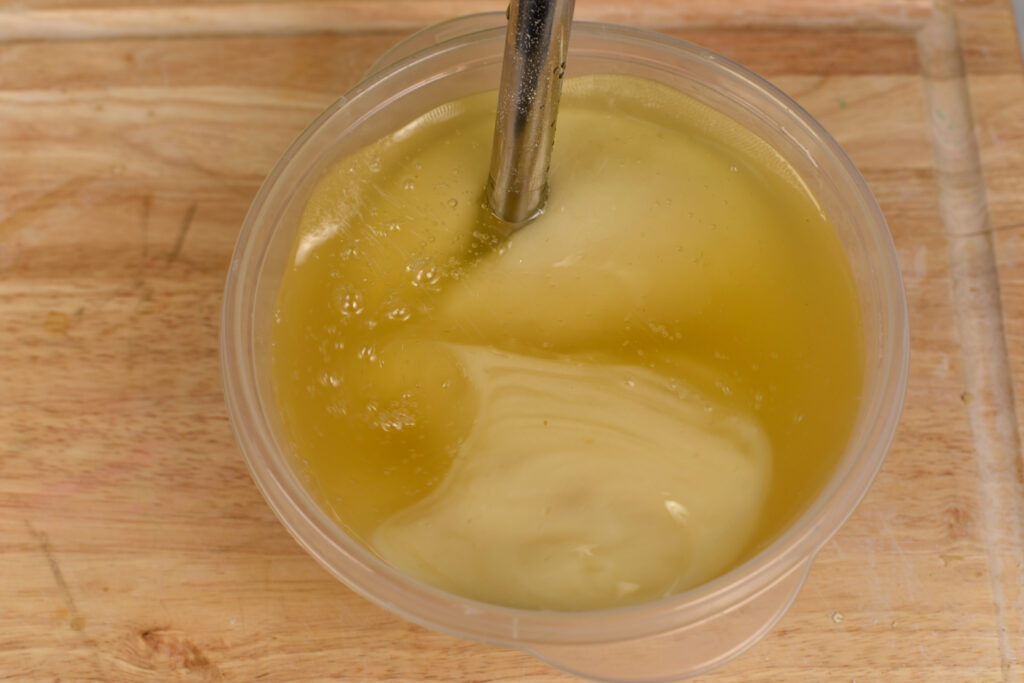
Step 8: Once you have reached desired temperatures, pour the lye solution into the oil mixture and mix to light trace. I like pouring into individual cavity molds at light trace because the soap easily flattens and looks nice and tidy.
Step 9: Pour your soap into your molds!
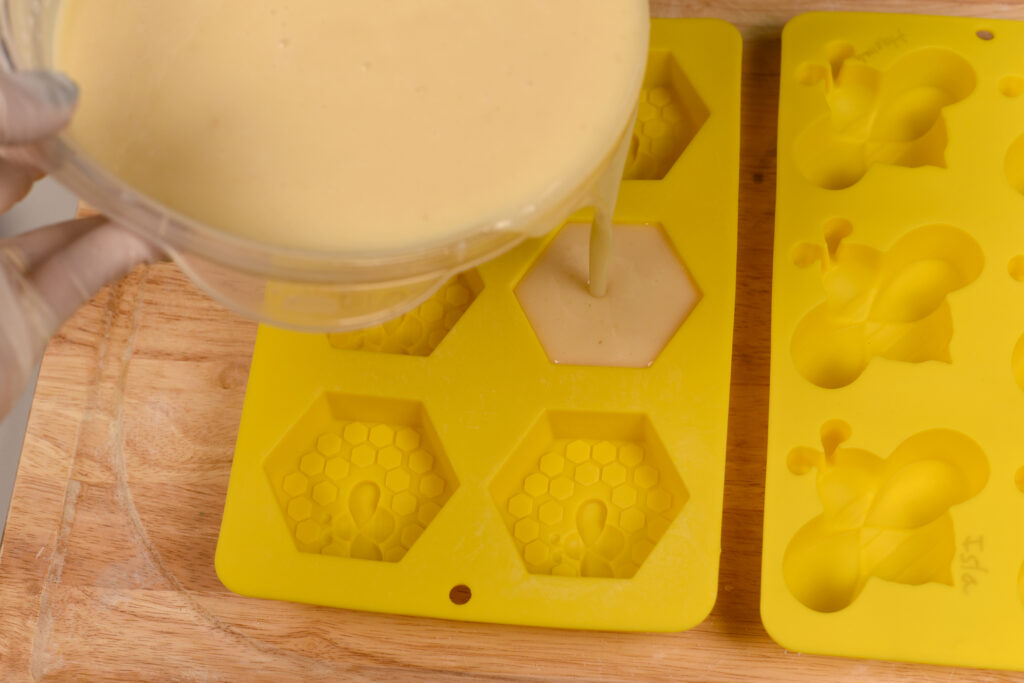
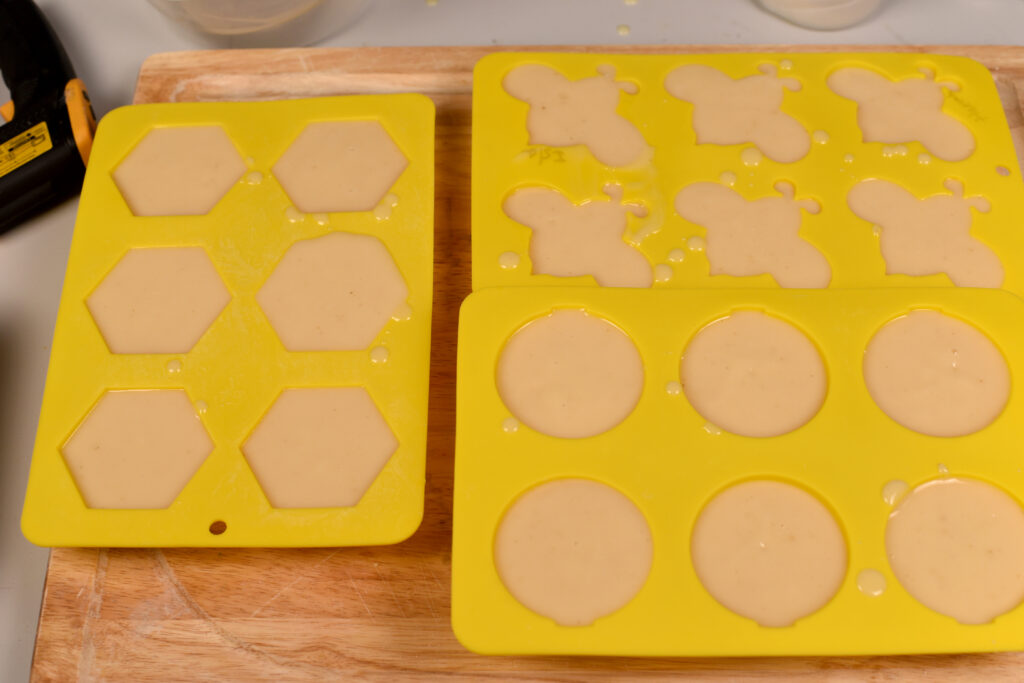
Step 10: Let your soap harden and saponify for at least 24 hours. If your soap doesn’t gel, it could take another day or two to harden enough to unmold.
Step 11: Unmold your soap and allow it to cure for 4-6 weeks.
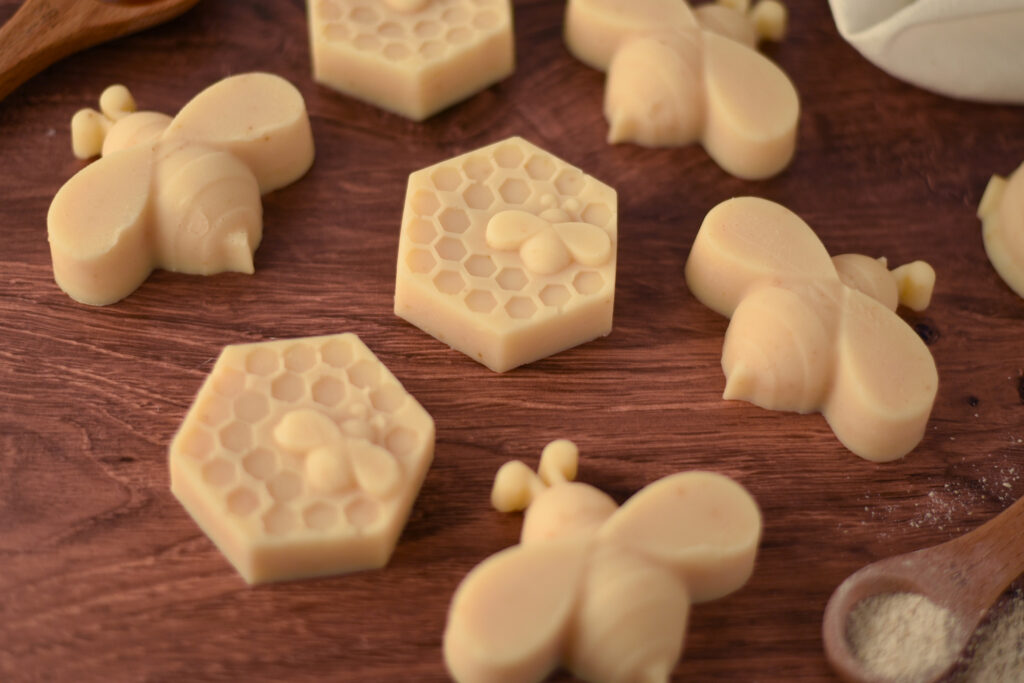
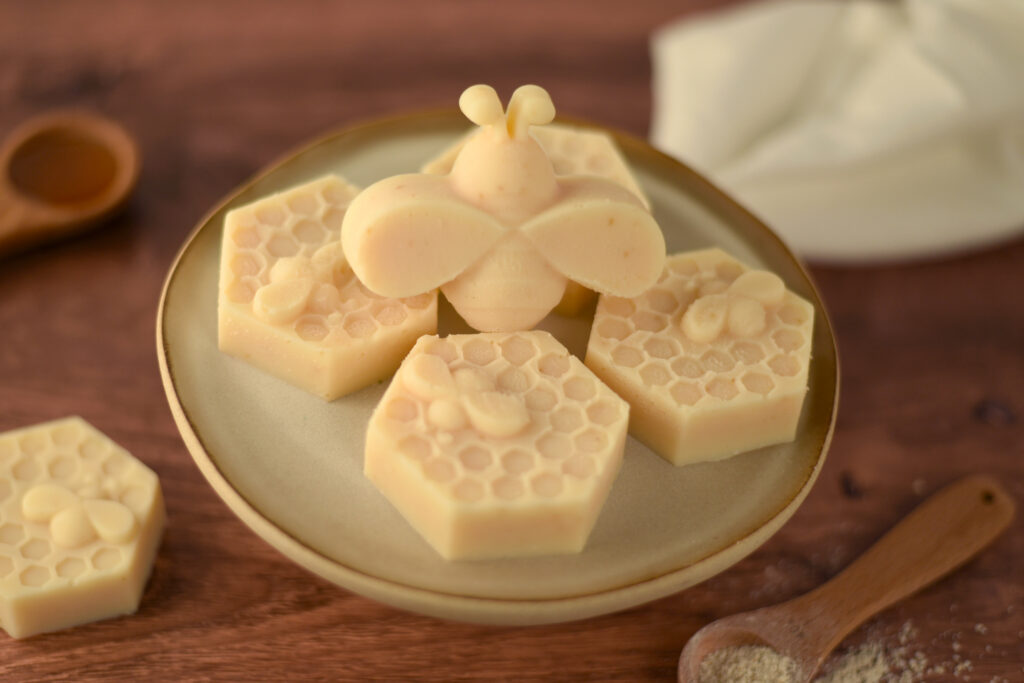
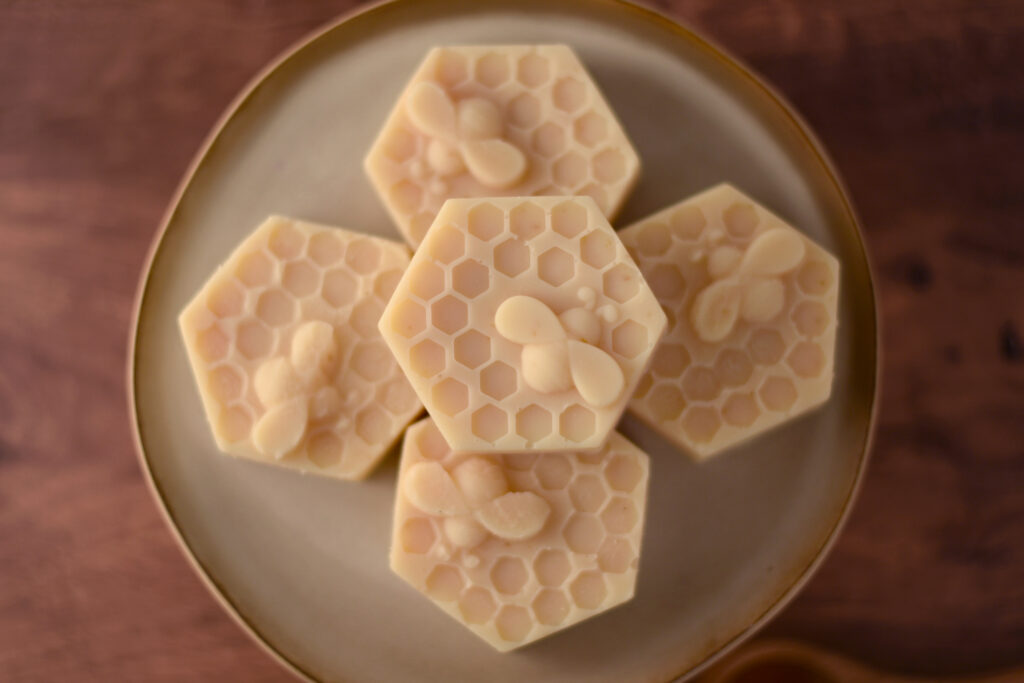
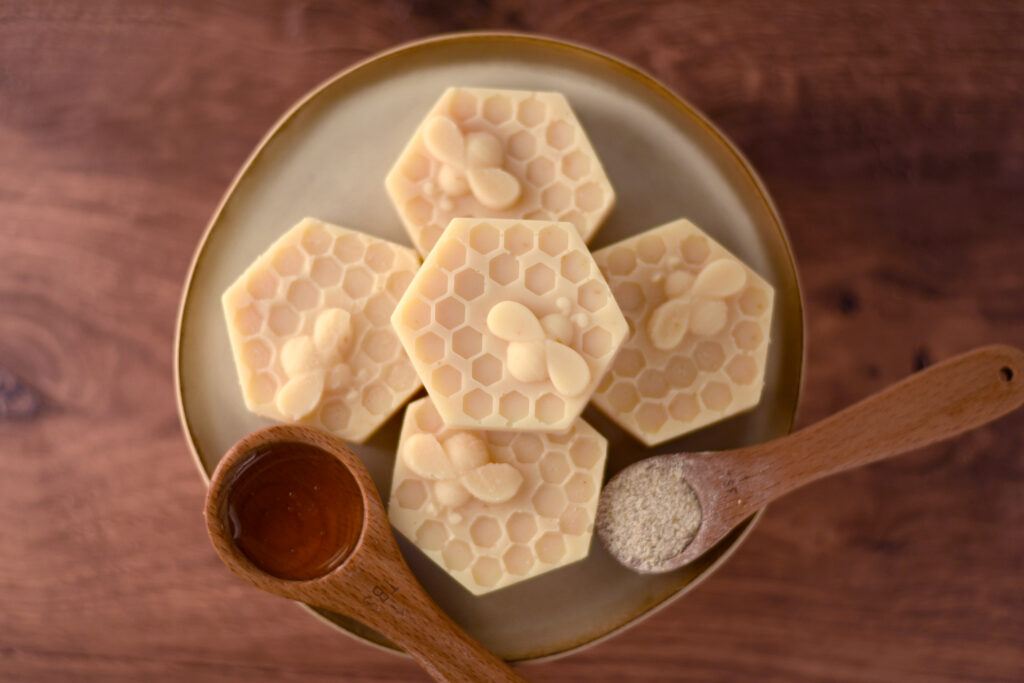
Happy Soaping!
Amanda

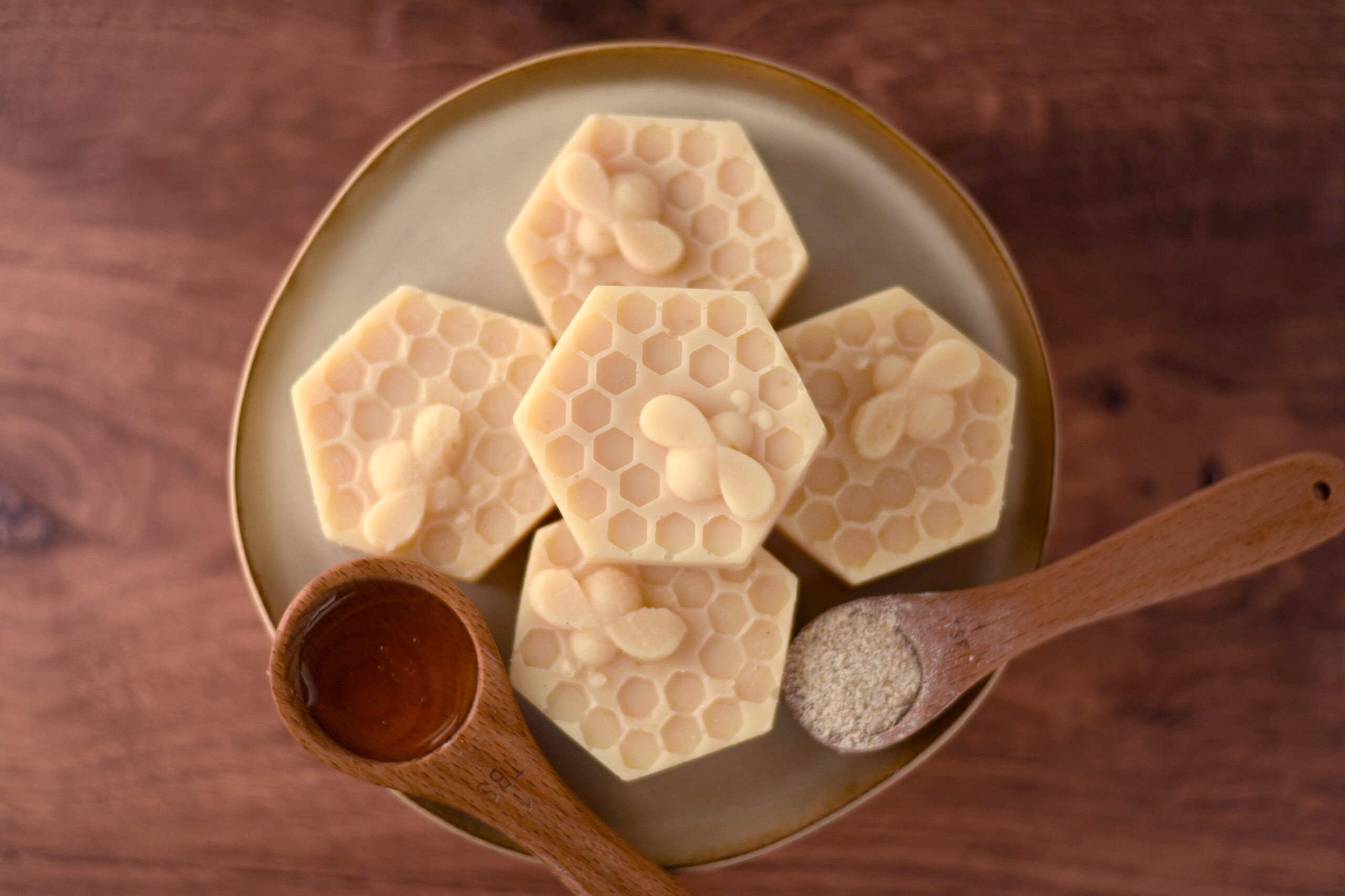
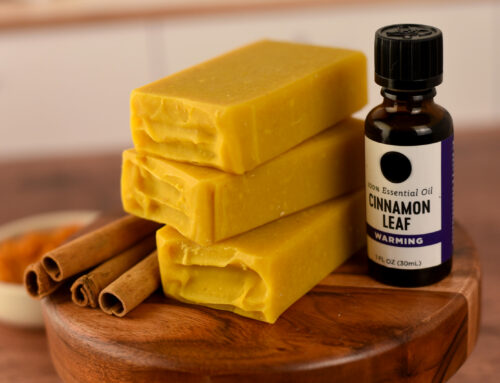
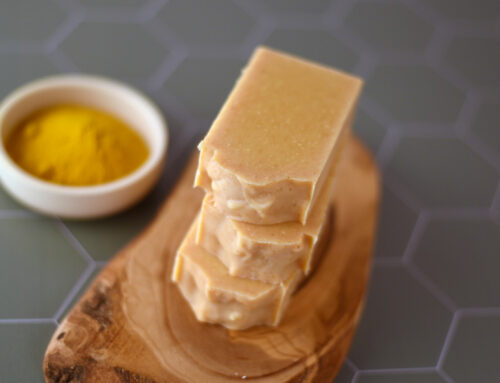
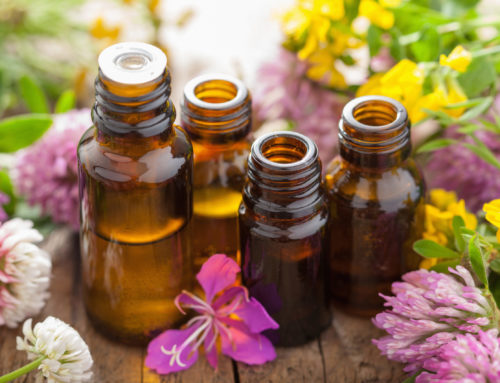
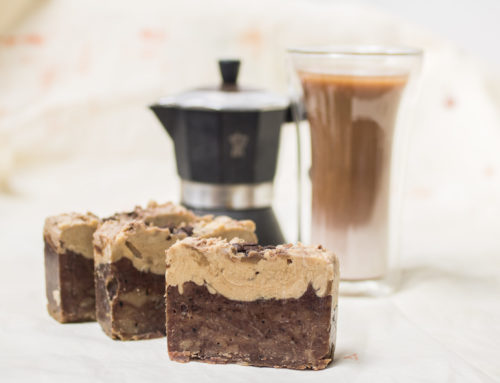

I made a similar recipe last week in a bar form. When i unmolded and began to slice the bars, there was a hole through the center of the bar filled with liquid. I couldn’t tell if it was oil or honey and as the soap isn’t cured i didn’t bother to touch it an find out. Has this every happened to you?
It sounds like you’ve got a false trace. Oil leaking out, means that you now have a soap with a higher level of lye, than first intended. This makes an unsecure batch. You can save your batch, if you ground it down, and heat it with low heat, in a crockpot with a little water and some extra oil. Use the lid, and stir from time to time. When this batch looks like vaselin, it’s ready to come back in the bar form. You can also have 1-2 tbs. pure yoghurt in your batch for some extra moisture.
Thank you so much for the advice!